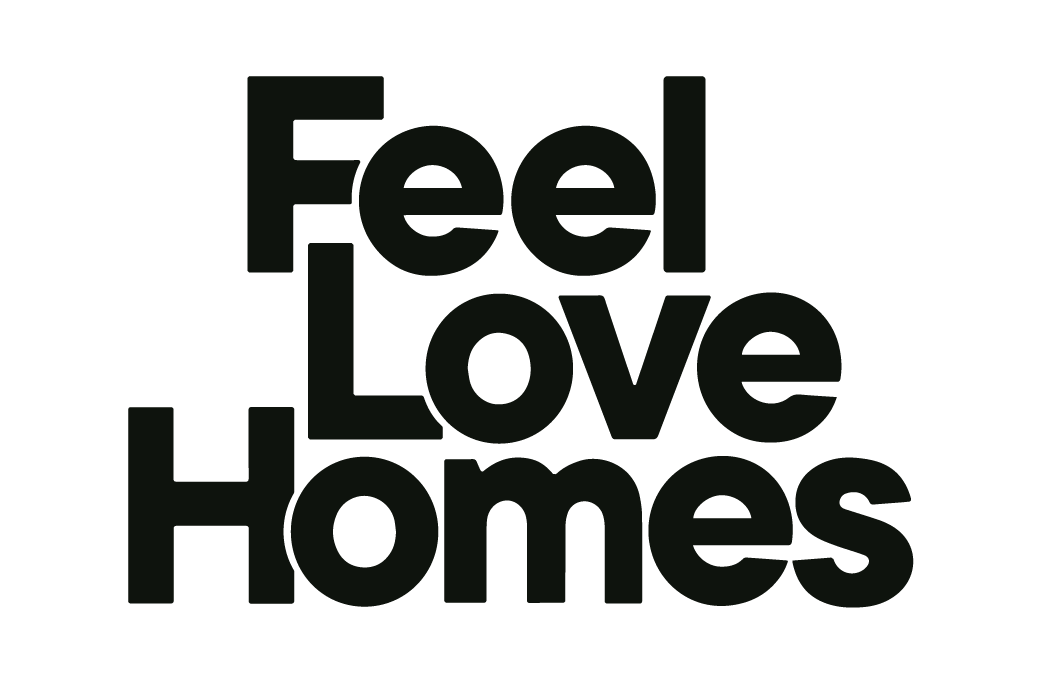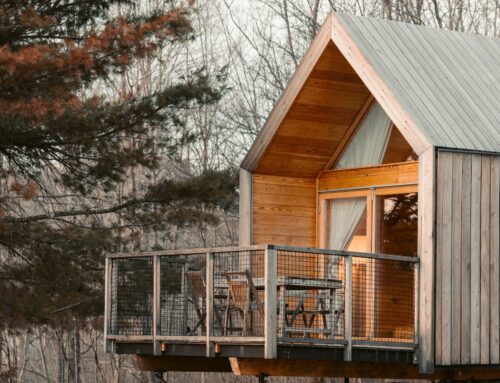Accessory dwelling units (ADUs) have become a popular option for people looking to add space, function, and value to their homes. Many people are also using ADUs to generate additional passive income as short-term and long-term rental units. But like all investments, building an ADU comes at a cost.
We’ve used our extensive experience to put together this guide to help you get a better idea of what an ADU might cost to build. You’ll find average total costs, average costs per square foot, and detailed explanations of the main factors that influence the cost of building an ADU.
How Much Does it Cost To Build an ADU?
It can cost anywhere from $30,000 to $300,000 to build an ADU in North Carolina. The reason for such a wide range is that there are many factors that go into the cost of building them. There is an equally-wide range of the types, sizes, and designs of ADUs you can build.
At Feel Love Homes, our average ADU cost is between $80,000 and $200,000. We have found that ADU builds in this range fulfill homeowners’ wants and needs while still providing a strong return-on-investment (ROI). Cheaper ADUs tend to leave out important amenities or lack the quality to make them a good long-term investment. More expensive units often don’t add enough value or generate enough income to make them worth the money you put in.
If you want to explore how much it would cost to build the type of ADU you’re considering, take a look at our ADU cost calculator tool. You can choose the options you prefer for size, materials, design, and more and get an approximation of what your ADU might cost to build.
How Much Does an ADU Cost Per Square Foot?
On average, an ADU in North Carolina costs between $140 and $200 per square foot to build. Again, this number varies due to the number of factors that can influence building costs such as location and building materials.
As a client, you have some say in the cost per square foot of your ADU. You’ll have options to choose from when it comes to things like the flooring, fixtures, and surfaces used in your unit. Other options such as the number of power outlets, siding materials, and the doors and windows installed in your ADU can have a big influence on price. A good ADU builder will present you with options to choose from and provide information on how they affect costs.

ADU Cost Factors
There are many factors that go into the cost of building an ADU. Understanding these factors and how they influence building costs can help you figure out what you can build for your budget. You can also use what you learn about these factors to decide where you want to spend money and where you can save it.
Type of ADU
One of the biggest factors in the cost of your ADU is what type of structure it is. This is also one of the first decisions you need to make when starting an accessory dwelling project. Most ADUs fall into one of three categories.
Detached ADU
The most popular type of ADU is an independent structure that is detached from the primary dwelling. Typically located in a backyard, detached ADUs provide a completely separate space with its own entryway.
Detached ADUs tend to be more expensive to build than attached units. However, their separation from the main home makes them an ideal choice for people who want to use their ADU as a rental property.
Over-the-Garage Units
Another type of ADU is an additional structure built over an existing garage. These can be built either over an attached garage or a detached carport. In the U.S., the average size of a one-car garage is 12 feet wide by 22 feet deep, which means that a one-story unit built over it would have 264 square feet of space. Two-car garages are, on average, 18 feet wide by 20 feet deep – or 360 square feet.
Over-the-garage units are less expensive to build than detached units and can be a good option for people who simply want to add space to their existing home for themselves. However, if you want to use one as a rental property you’ll have to build a separate entrance to the unit, which typically comes at a considerable expense.
Conversions
Homeowners also create ADUs by converting spaces like attics and basements into livable dwellings. If you aren’t currently using these spaces in your home, converting them can be a good way to expand your living space and add value to your property.
Converting an attic or basement can be one of the least expensive ways to build an ADU. However, this depends greatly on the current condition of the space. If you want to rent the space, you’ll need to have amenities such as a kitchen and at least one bathroom – both of which can be expensive to build. Having to work around existing structures, plumbing, and electrical work can often cost much more than building from scratch.
Size
The size of your ADU is perhaps the biggest factor in the cost of building it. The larger your space is, the more materials you’ll need to buy to build it.
However, while, say, a 1200 square foot ADU costs more to build than a 500 square foot ADU overall, the cost per square foot tends to go down as the size of the structure goes up. That means you may get a little more out of the money you spend on a larger ADU than you would a smaller one.
Location
Location isn’t just a cost factor when it comes to buying property, it also plays a role in what it costs to build on it. This is due to several reasons, including:
- Labor rates: The cost of construction labor tends to go up and down with the cost of living in a given area. As a result, building costs are likely to be higher in places like Raleigh or Asheville than in less-populated areas of North Carolina.
- Site layout: The layout of your property can affect how difficult it is to move materials and machinery to your building site. If the site of your ADU is difficult for workers to access, it will take more time and therefore more money to build.
- Site conditions: The makeup of the soil and inclines at your property can also affect how your ADU is built. If your builder needs to account for bad soil conditions or grade the site significantly, this will add to the cost.
Permitting
You’ll also have to pay for permits to build your ADU. In virtually every part of North Carolina, you can build an ADU on your property, but you are required to have the proper permits to build a significant permanent structure.
The cost of these permits varies depending on where you are in the state. For example, building permits in Wake County cost $75 plus $0.25 per square foot. Building permits in New Hanover County, where Wilmington is located cost $60. Different areas also have different permitting requirements and you may have to pay for individual permits for things like electrical and water connections.
Foundation
Which type of foundation you use for a detached ADU and the difficulty of installing that foundation also affect the cost of building one. The most common type of foundation for ADUs is a slab, which is also the least expensive to construct. You’ll have to pay more for other types of foundations, such as a crawlspace.
In addition, the amount of site work needed to lay the foundation can also influence the cost. If your build site is relatively flat already, the work needed to prep it for the foundation will be minimal. However, if your yard has a steep incline or is irregular in general, your foundation will cost more to install.
Trim and Finishing
The materials you use to finish your home can have a massive impact on the price. But this is also the area in which you have the most control over the cost.
For example, installing premium hardwood floors is considerably more expensive than using basic laminate. Granite countertops cost far more than composite ones. There is also a large difference in cost between materials such as the siding and roofing you choose.
How Much Does an ADU Cost To Build? Conclusion
There are many factors that go into the cost of building an ADU, making it difficult at times to figure out how much you’ll have to spend. Variables such as the type of ADU you want to build, how big it is, where it’s located, and the materials you use to finish it all affect the final price. You’ll also want to consider the additional cost of financing an ADU, including what you’ll pay in interest and the fees associated with originating a HELOC or other type of loan.
However, we love making things simple and easy for our clients. That’s why we’re happy to help provide a useful estimate following a free consultation. Click the button below to start up a conversation to learn how much your ADU might cost to build.






Leave A Comment